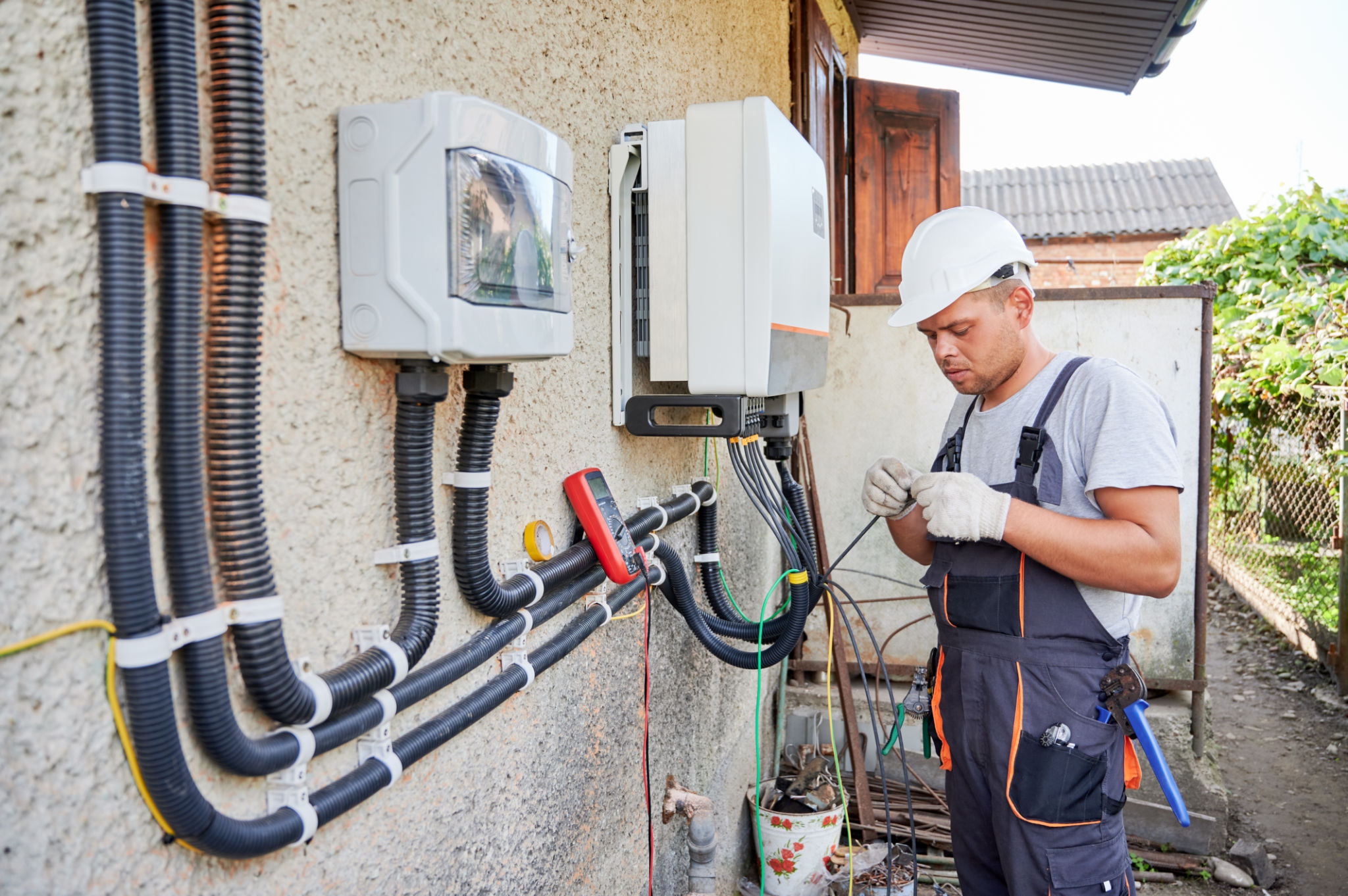Case Study: Successful Solar Installations in Australian Homes
Introduction to Solar Installations in Australia
Australia, with its abundant sunshine, is an ideal location for solar energy solutions. In recent years, the country has seen a significant rise in the number of homes adopting solar installations. This shift not only reduces carbon footprints but also offers financial savings to homeowners. In this case study, we explore some of the successful solar installations in Australian homes and the factors contributing to their success.

Factors Driving Solar Adoption
Several key factors have driven the widespread adoption of solar energy in Australian homes. One primary reason is the increasing cost of traditional energy sources, which motivates consumers to seek more sustainable and cost-effective alternatives. Additionally, government incentives and rebates have made solar installations more accessible and financially viable for many Australians.
Government Initiatives
The Australian government has played a crucial role in promoting solar energy. Programs such as the Small-scale Renewable Energy Scheme (SRES) provide financial incentives to homeowners who choose to install solar systems. These programs significantly reduce the upfront costs associated with solar installations, making them more appealing to a broader audience.
Case Studies of Successful Installations
Several Australian households have successfully transitioned to solar energy, achieving remarkable results in both energy savings and environmental impact. Here, we highlight a few examples:
- The Smith Residence in Sydney: By installing a 6-kilowatt solar system, the Smith family has managed to cut their electricity bills by 60%. They also benefit from feeding excess power back into the grid.
- The Johnson Home in Melbourne: With a 10-kilowatt system, the Johnsons have become virtually energy independent, even during winter months. Their system is equipped with battery storage, providing additional resilience during power outages.

Technology and Efficiency
The technology behind solar panels has evolved significantly, resulting in higher efficiency rates and longer lifespans. Modern solar panels are designed to maximize energy absorption, even in less-than-ideal weather conditions. Advanced inverters and monitoring systems also enhance overall system performance, ensuring optimal energy production.
Challenges and Considerations
While the benefits of solar energy are clear, potential adopters must consider several factors before installation. The initial investment can be substantial despite incentives, and not all homes may be suitable due to roof orientation or shading issues. It's crucial for homeowners to conduct thorough research and consult with professionals before proceeding.

The Future of Solar in Australia
The future looks bright for solar energy in Australia. As technology continues to advance and costs decrease, more homeowners will likely embrace this renewable energy source. The combination of environmental benefits and financial savings makes solar an attractive option for sustainable living.
Conclusion
Successful solar installations in Australian homes demonstrate the potential of renewable energy to transform both individual households and the broader community. With continued support from government initiatives and advancements in technology, solar energy will play a pivotal role in Australia's sustainable future.
